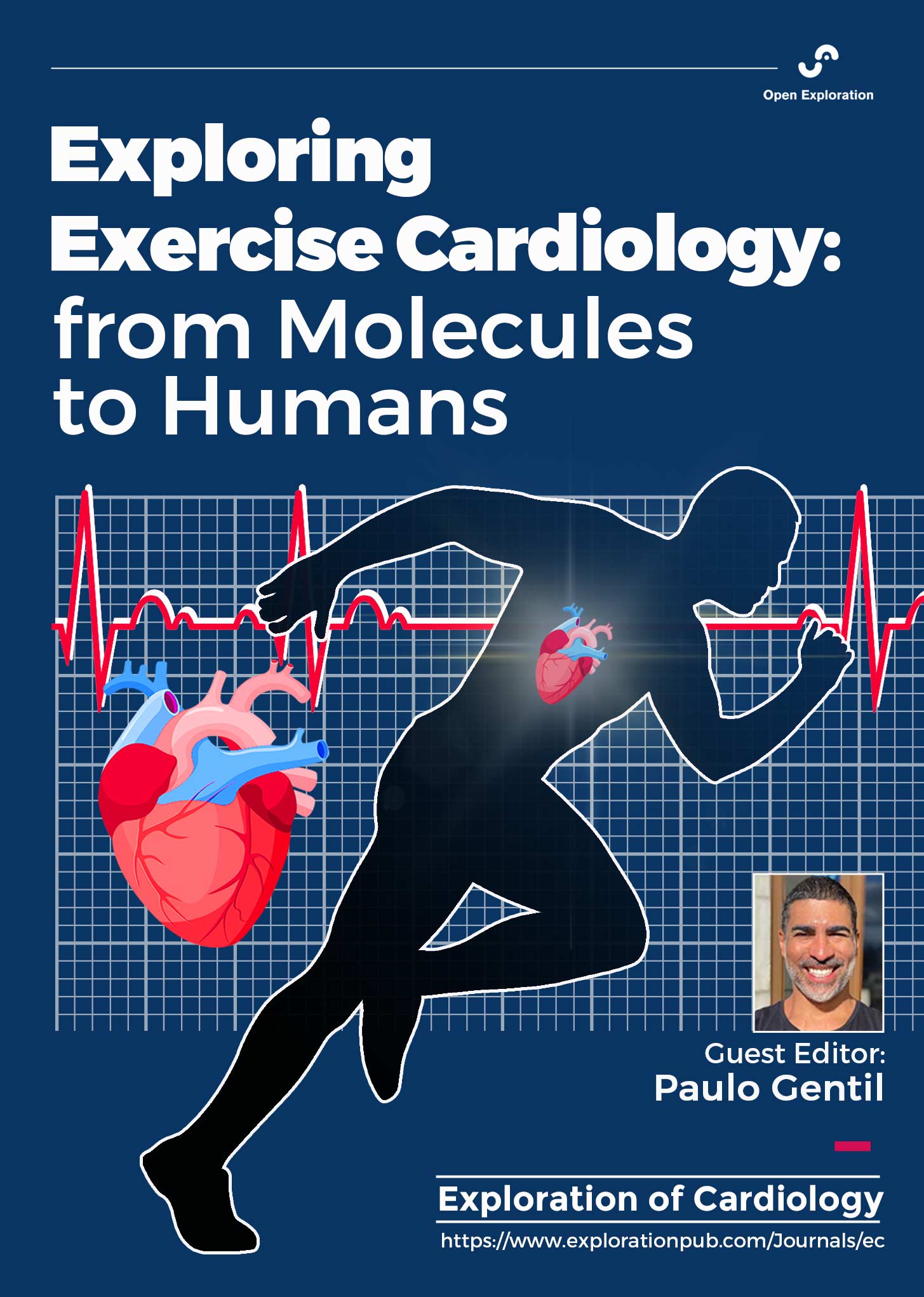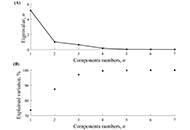-
 Special Issue Topic
Special Issue TopicExploring Exercise Cardiology: from Molecules to Humans
Submission Deadline: June 30, 2025Guest Editor
Paulo Gentil E-Mail
College of Physical Education and Dance, Federal University of Goias, Goiania, Brazil
Research Keywords: physical exercise, rehabilitation, resistance training, aerobic training, interval training
About the Special Issue
Since the initial work of Jeremy Morris, the pioneer of physical activity epidemiology, the efforts to better understand the role of exercise in health and disease have produced an immense body of evidence showing the positive association of physical activity with health and longevity. During the 1980s and 1990s epidemiological works began to cement the idea that physical activity and fitness were associated with decreased mortality and positive health outcomes. Since then, exercise has been increasingly recognized to have a central role, not only to prevent, but also to treat health problems, especially cardiovascular diseases. Now the evidence supporting the importance of physical activity and exercise for cardiovascular health is almost unquestioned!
Physical activity is recognized as being important for health; however, a large proportion of the population that remains inactive. Some of the attributed barriers and reasons for not exercising include lack of time, boredom, lack of motivation, unsatisfactory results and perceived risks. Therefore, although physical exercise is recognized as an important nonpharmacological intervention for the prevention and treatment of many cardiovascular diseases, there is still a need to clarify the best protocols for each outcome in terms of cost-benefit, and it is also important to understand the mechanisms associated with the cardiovascular responses to exercise. This special issue welcomes studies that help fill these gaps or add information to the field, either by confirming or challenging current practices.
We invite investigators to contribute original research articles as well as review articles that will represent and stimulate continuing efforts to answer questions such as the following: works aiming to understand how exercise acts in cardiovascular health and disease; how to adequately prescribe exercise in order to prevent cardiovascular problems and/or to bring better outcomes for people with cardiovascular diseases; the proposal of new methods for evaluating outcomes from exercise interventions; and the development of exercise approaches to tackle barriers to initiation and adherence. In summary, we are particularly interested in articles describing new perspectives in exercise for cardiovascular health or providing new insights regarding established exercise models.
Keywords: heart diseases; cardiac rehabilitation; physical therapy; cardiovascular disease; hypertension; blood pressure; autonomic modulation; heart rate variability; resistance training; aerobic training; interval training
Call for Papers
Published Articles
 Heart rate variability in soccer players and the application of unsupervised machine learningOpen AccessOriginal ArticleAim: This study aimed to investigate the relationship between heart rate variability (HRV) parameters and performance in soccer players. Methods: This study used a cross-sectional design to [...] Read more.Wollner Materko ... Carlos Alberto Machado de Oliveira FigueiraPublished: January 10, 2025 Explor Cardiol. 2025;3:101241
Heart rate variability in soccer players and the application of unsupervised machine learningOpen AccessOriginal ArticleAim: This study aimed to investigate the relationship between heart rate variability (HRV) parameters and performance in soccer players. Methods: This study used a cross-sectional design to [...] Read more.Wollner Materko ... Carlos Alberto Machado de Oliveira FigueiraPublished: January 10, 2025 Explor Cardiol. 2025;3:101241
DOI: https://doi.org/10.37349/ec.2025.101241 -
-
Ongoing Special Issues
-
Completed Special Issues